⭐⭐⭐⭐⭐ 200+ Happy Clients
Apartments and Flats For Sale In Islamabad
Looking for apartments for sale in Islamabad or flats for sale in Islamabad? Look no further! Islamabad, the capital city of Pakistan, offers many options for those seeking to purchase their dream property. From luxurious tall building apartments to decent and modest flats, Islamabad has something to offer for every lifestyle and budget range of the individual.
- 1 BHK APARTMENT
- 2 BHK APARTMENT
- 3 BHK APARTMENT
- STUDIO APARTMENT
- PENTHOUSE
- HOTEL APARTMENTS AND SUITES

Apartments and Flats for Sale In Islamabad
Islamabad’s real estate marketing business is thriving with the latest developments across the city. Whether you’re a first-time buyer or an experienced investor, there are plenty of opportunities. You can find plenty of choices if you want to purchase a flat in Islamabad. These apartments include roomy penthouses with breathtaking views and studio flats in lively neighborhoods.
Being the capital, Islamabad has a lot of Government Ministries and Departments, also a lot of corporate organizations have their head offices in Islamabad. Individualts from across the country, come to Islamabad for jobs. As a result, the first thing one looks for is a place to live, which is a flat/apartment in Islamabad.
Once the individual settles in Islamabad, they start looking for apartments for sale. Similarly, flats for sale in Islamabad are available in many shapes. They range from compact bedroom units to expansive duplexes. The state-of-the-art facilities and infrastructure are the significant reason for its purchase. These apartments provide so many facilities and attractions for the buyers.
Undoubtedly, Islamabad was meticulously planned and executed by renowned Greek architect Constantinos Apostolou Doxiadis. Islamabad presents abundant green spaces, educational institutions, medical centers, and engaging recreational options. Its well-organized layout reflects an exemplary balance between urbanization and nature. All the attractions mentioned above and facilities make this place ideal to live with among the professional and ethically sound population.
In recent years, the number of apartments for sale in Islamabad, Pakistan, has been rising rapidly. It is due to several reasons, including urbanization, population increase, and better economic opportunities. This progress has opened multiple avenues of construction activity, with developers keen to capitalize on the thriving real estate industry in Islamabad. Buyers have many options for finding their dream home because the selection is available in every price range and region.
Islamabad encompasses several luxury residential enclaves. The well-designed apartments meet the expectations of various individuals according to their specific needs. These apartments offer the residents the required services and facilities at a high standard.
Because they offer a safe, secure, and peaceful luxury residence, it is away from the bustle of the city—such communities’ high standard of life among the buyers. Whether you’re seriously looking for a stylish apartment sale in Islamabad in a tranquil flat in a green suburb, Islamabad provides options for the residents according to their tastes and desires.

THE BEST APARTMENS FOR SALE
IN ISLAMABAD
NORA Residences Islamabad is the best walled and gated enclave for family living at the heart of Islamabad’s future.
Types of Apartments & Flats
Finding your dream home is an exciting journey, and understanding the types of apartments and flats available can help you make the right choice. Whether you’re a first-time buyer or looking to upgrade, there’s a perfect option waiting for you.
The real estate market in Islamabad offers diverse living spaces to cater to different needs and preferences. Let’s explore some of the popular options:
1BHK (Bedroom, Hall and Kitchen)
A 1BHK flat, also known as 1 Bedroom Apartment, comprises one (1) bedroom. It is a multipurpose living room and dining room connected with kitchen space, typically designed to provide convenience with essential needs to fulfill the standard of life. Flats offer beautiful views and relaxing breezes to the residents. Apartments are clean and secure, ideally fit for people who love apartment life. You can find basic furniture, appliances, and sometimes even utilities and ready-to-move-in options for tenants. The flat has living space according to their preferences and style. NORA Residences Islamabad offers beautifully designed 1 BHK Apartments.
2BHK (Bedroom, Hall and Kitchen)
Also known as 2 Bedroom Apartment, this flat type is specifically suitable for couples and a limited number of persons. A 2BHK flat provides two (2) bedrooms, an average-sized dining room, and a kitchen. Whether furnished or unfurnished, these units offer versatility to accommodate varying household needs. Furnished 2BHK apartments typically include quality furniture and appliances. It makes them convenient for immediate occupancy. Meanwhile, unfurnished units provide the autonomy of enough space according to individual tastes, allowing tenants to create their ideal home environment. NORA Residences Islamabad is the perfect example of an elegantly designed 2 BHK Apartment.
3BHK (Bedroom, Hall and Kitchen)
This apartment provides additional room to cater to the family’s needs. Also called 3 Bedroom Apartment, these units feature a spacious living room. Additionally, they offer a medium-sized open kitchen, providing ample room for comfortable living. Available in both furnished and unfurnished options, 3BHK apartments cater to diverse preferences and lifestyles. Furnished units often come equipped with essential amenities, facilitating a hassle-free move-in experience, while unfurnished units offer the flexibility to customize according to the family’s demands.
Studio Apartment
The studio Apartment is preferable for singles who live a bachelor’s life. It caters to the needs of those who live away from their hometown. Apartments for sale in Islamabad usually have space-saving furnishings and necessary utilities. Unfurnished flats are desirable choices for people who appreciate creative flexibility in their living environment since they allow tenants to customize the space to suit the specific style and choice of the residents.
Hotel Suites
Hotel suites encompass the quality of coziness and comfort to a great extent. They provide hotel amenities and facilities. These suites are primarily utilized for the short-term stay for corporate or business needs. They offer modern and state-of-the-art retreats for guests who prefer the convenience of the hotel services. The hotel suites are perfect as they provide a high level of privacy. All such apartments are self-contained. They offer meticulous and elegant furnishings, which attract the guests, along with prompt service from the staff. All these latest facilities and entertainment systems attract guests to choose these suites whenever they visit Islamabad city.
Consider your lifestyle, preferences, and budget when choosing a suitable apartment. Consulting with real estate experts can provide valuable insights and guidance in making an informed decision. Whether you prioritize location, amenities, or affordability, a flat in Islamabad suits your needs. Take the first step towards finding your perfect home today!
Penthouse
Secure Your Future:
Invest in Your Own Apartment or Flat Today!
Designed with an eye for the sophisticated homeowner, NORA Residences embodies a perfect fusion of opulence, convenience, and nature’s tranquillImagine waking up to the gentle sound of nature, basking in the Islamabad sun, and knowing you’re at the heart of it all.
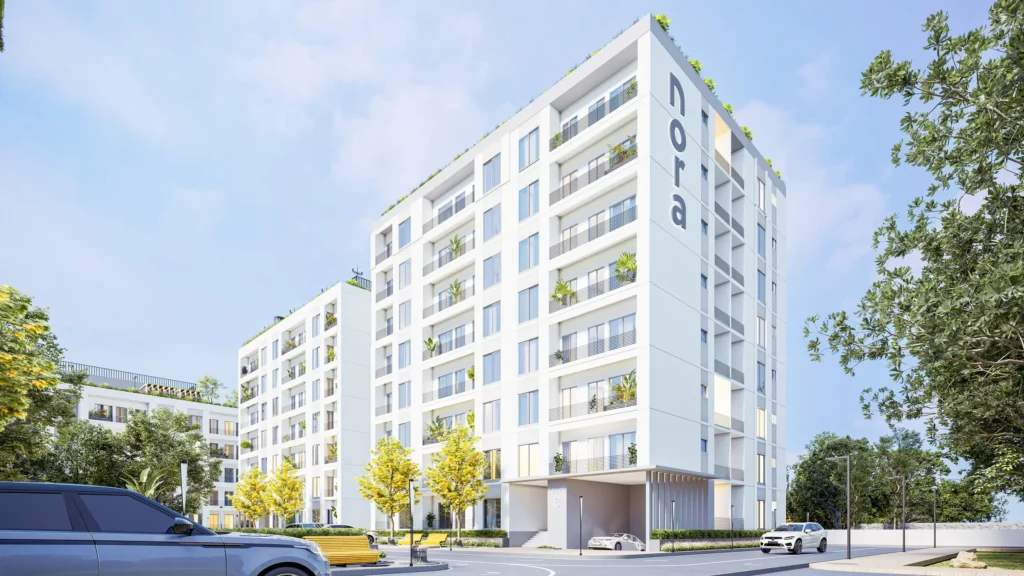

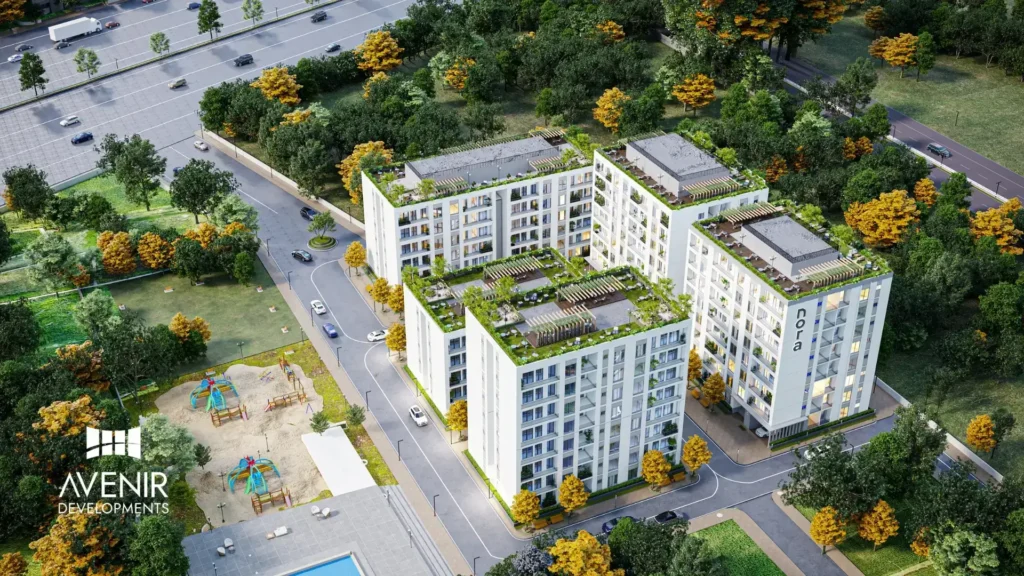
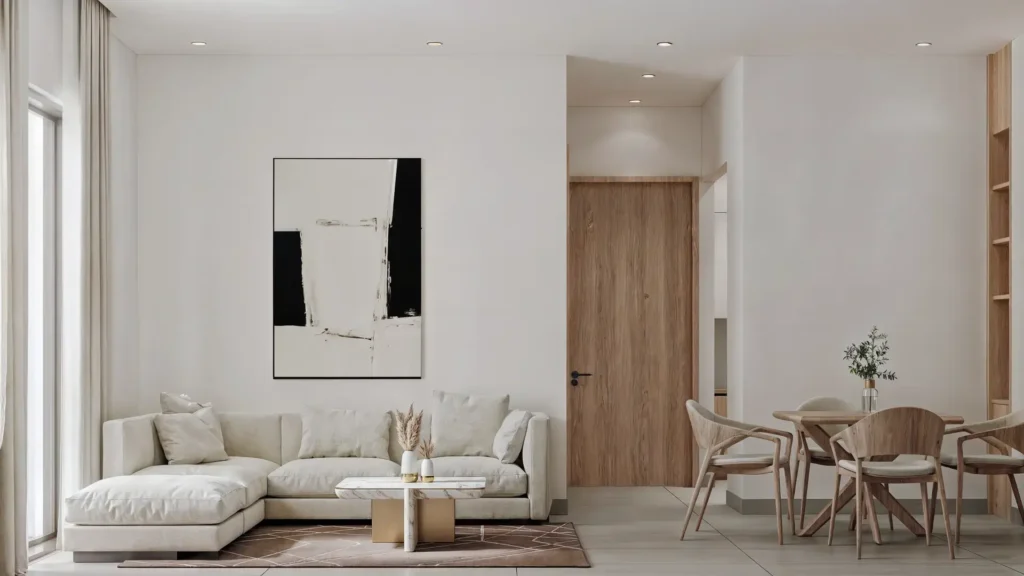


Benefits of Living in Apartments
An apartment offers many benefits catering to various lifestyles and preferences. Here are some compelling reasons why apartment living can be advantageous:
Convenience
Apartments often come with amenities like gyms, pools, and communal spaces, providing convenience and entertainment without leaving the premises. Imagine enjoying a workout session or a relaxing swim steps away from your front door!
LOW MAINTENANCE
Say goodbye to mowing lawns or shoveling snow! Apartment living typically involves minimal maintenance responsibilities. With property management taking care of tasks like landscaping and repairs, you’ll have more time to focus on the things you love.
Community Atmosphere
Apartment complexes foster community, offering opportunities to connect with neighbors through social events or shared spaces. You’ll find camaraderie and support within your apartment community, whether it’s a friendly chat in the elevator or a barbecue by the pool.
LOCATION
Apartments are primarily built in prime locations, close to amenities like restaurants, shopping centers, and public transportation hubs. Enjoy the convenience of urban living with easy access to everything you need, from grocery stores to entertainment venues.
AFFORDABILITY
Renting or owning an apartment can be more affordable than a single-family home, especially in metropolitan areas with high housing prices. With various floor plans and sizes available, you can find an apartment that fits your budget without compromising your quality of life.
UTILITIES AND AMENITIES
Some apartments include water, electricity, and internet in the rental price, simplifying budgeting and reducing monthly expenses. Enjoy the convenience of all-inclusive living without worrying about fluctuating utility bills.
FLEXIBILITY
Apartment living offers flexibility, making it an ideal choice for renters or individuals who value mobility. Whether you’re a young professional exploring career opportunities or a retiree looking to downsize, apartments provide the flexibility to adapt to changing circumstances.
SECURITY
Many apartments offer security features such as gated entrances, surveillance cameras, and intercom systems, providing peace of mind for residents. Feel safe and secure knowing that professional security measures protect your home.
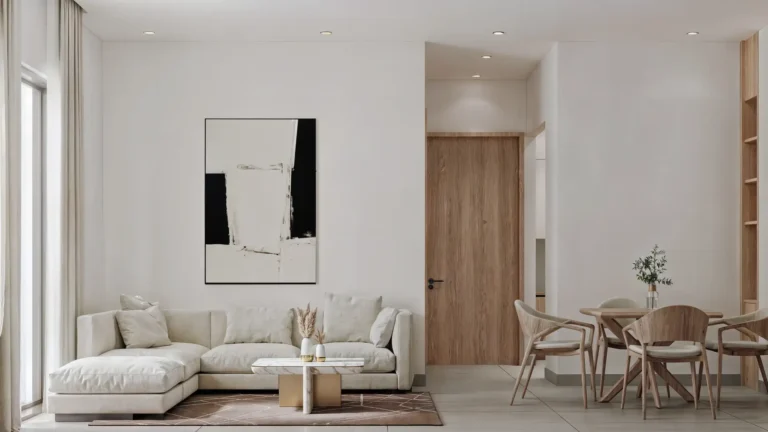
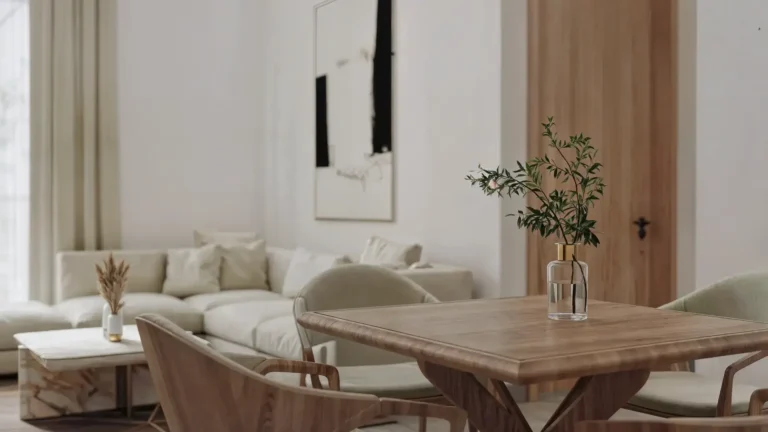
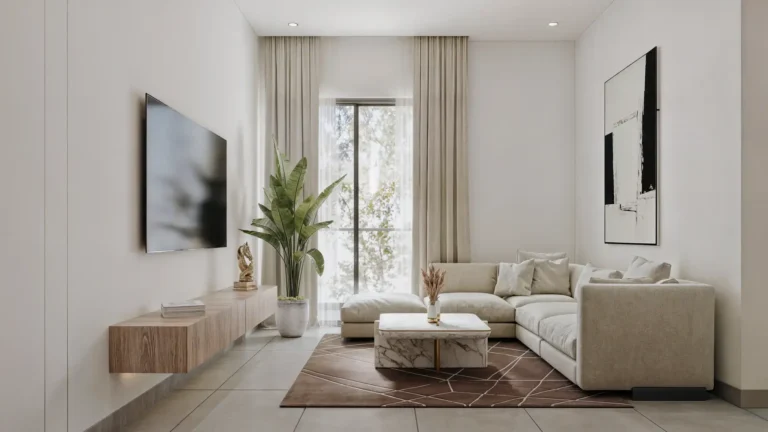

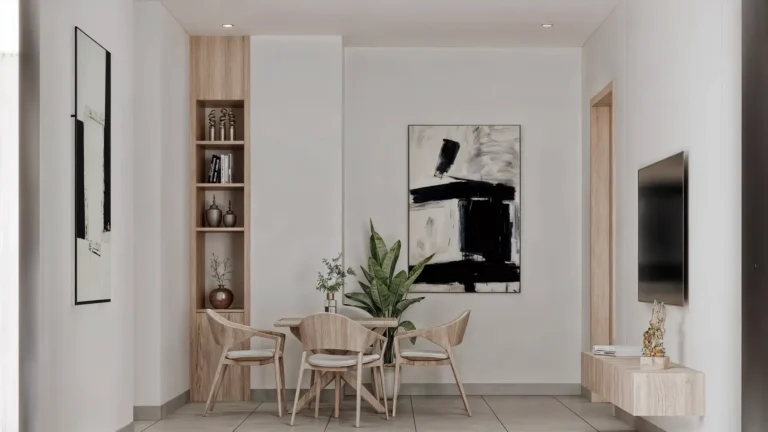
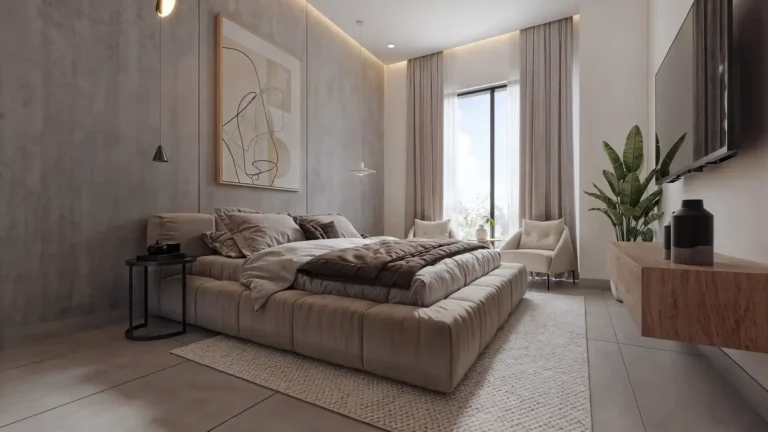
Reasons for Investing in Islamabad
As the capital city of Pakistan, Islamabad prides itself on offering a wide array of facilities tailored to meet the diverse needs of its residents. From world-class educational institutions and state-of-the-art healthcare facilities to bustling shopping centers and recreational amenities, Islamabad leaves no stone unturned in catering to its populace. When considering apartments for sale, prospective buyers can expect many options, ranging from luxurious penthouses to more modest accommodations.
The real estate market in Islamabad is diverse, with developments spanning from upscale gated communities to high-rise apartment buildings, ensuring something unique for each individual’s lifestyle. It provides quality education institutes and health centers. This city looks into the diverse needs of its population. It has mega shopping places to cater to the needs and preferences of the people living there. Its life is unique and is liked by so many people worldwide.
Moreover, security is the prime thing, especially when living in a big city like Islamabad, where a comprehensive standard of living ensures residents’ safety and peace of mind. The city’s security measures encompass a well-trained law enforcement presence, extensive surveillance systems, and the deployment of round-the-clock security personnel in gated communities. These initiatives work cohesively to deter criminal activity and foster a secure environment, enhancing Islamabad’s appeal as a desirable residential destination.
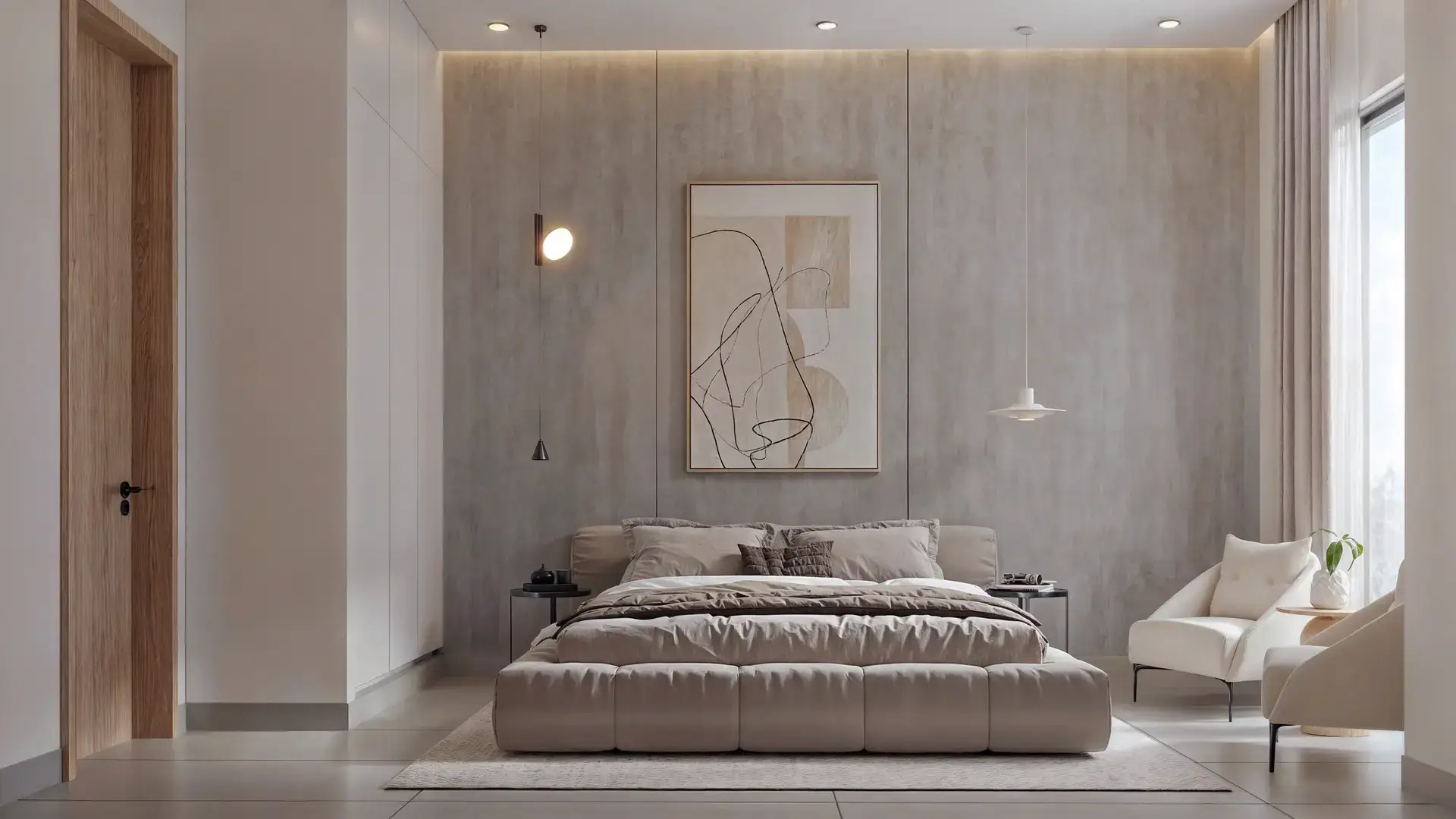
Nestled amidst the serene landscapes of Pakistan, Islamabad stands as a beacon of modern living, offering a harmonious blend of convenience and security. Its vibrant communities are complemented by many of the latest security and safety systems, creating an environment conducive to growth and prosperity. As you look forward to your journey to a modernized abode, rest assured that Islamabad holds the key to a fulfilling and secure lifestyle where every day brings new opportunities and experiences.
contact us
Take the Next Step: Secure Your Apartment in Islamabad Today!
Your search for the perfect apartment for sale in Islamabad ends here. Experience the NORA difference – a blend of exceptional quality, sophisticated style, and enduring comfort.
➖Download Our e-Brochure: Explore detailed floor plans, amenities, and pricing for our 1 bed and 2 bed flats for sale.
➖Book Your Site Visit: Experience the location and vision of NORA Residences firsthand.
➖Inquire About Our Flexible Instalment Plans: Let our team help you find a payment solution that works for you.
➖Speak to Our Property Advisors: Get personalized advice and answers to all your questions.
Don’t miss out on this premier investment and lifestyle opportunity.

